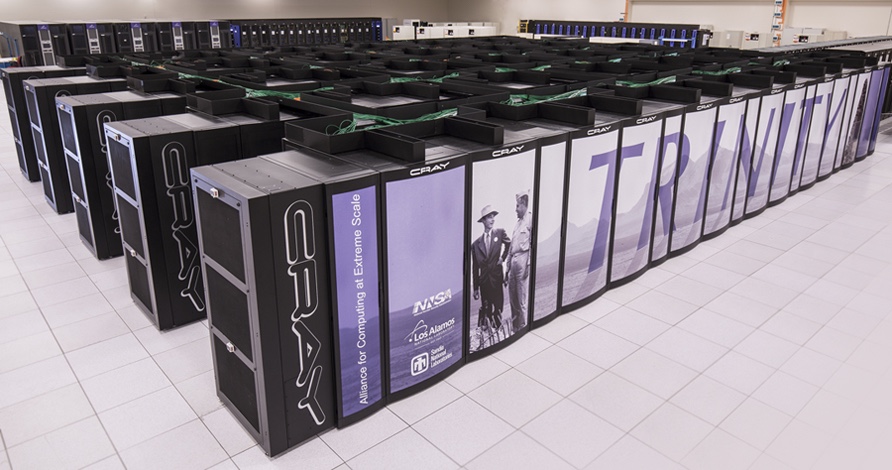It used to be that I’d get interested in a new programming language, but I wouldn’t have a new project to use it for and had trouble knowing how to start. I have trouble really grasping a new language without building something in it, and “X by example” or working through a book don’t really do the job.
What’s helped me lately is to build an array of “standard” toy programs that I understand reasonably well, and that I can use to explore the new language and figure out how to do something real in it.
Right now, my toy program collection consists of:
- A link shortening service, like bit.ly or tinyurl, along with a HTTP API for adding and removing links
- A 2D diffusion simulation
- A “system package inventory” program, that builds a list of all the RPMs/DEBs installed on a Linux machine and shoves them into a SQLite database
This is almost never what I’d call production-quality code. For example, when I’m writing these toy programs, I rarely write unit tests (until I start exploring the test libraries for the language!). But they’re still very valuable learning tools, and give me space to explore some very different use-cases.
I almost always write all three in a given language, but the order depends a lot on what I think the new language will be good for. For example, I’ll write the “system package inventory” program first if I think the new language might be handy for system administration tools. It’s a great way to see how well the language plays with a common Linux environment, how painful it is to use SQLite, and to get practice writing CLI tools in it. I’ll often augment the basic “scan and store” functionality with a CLI to do frequent queries, like “on what date was this package last upgraded”.
On the other hand, if I think I’m going to use the new language for a bunch of numerical work, I’ll start with the diffusion simulation. When I write that, I often start with a naive implementation and then start playing with profilers and other performance tools, or try to parallelize the simulation. This is also a great excuse to dig into any plotting tools commonly used with the language.
These toy programs are also handy if I want to explore new ways to integrate a service into a larger production environment. For example, I might start with the link shortening service, deploying the service itself statelessly and persisting the list of links into a PostgreSQL DB. Then I start complicating things…
- Let’s add logging!
- And tracing!
- It’s always a good idea to expose Prometheus metrics
- And wouldn’t it be handy to support multiple database backends?
- Now wrap it all in a Helm chart for handy deployment
I imagine I’m not the only person to have a standard collection of learning projects for new languages. If you do this too, what does your project list look like?

